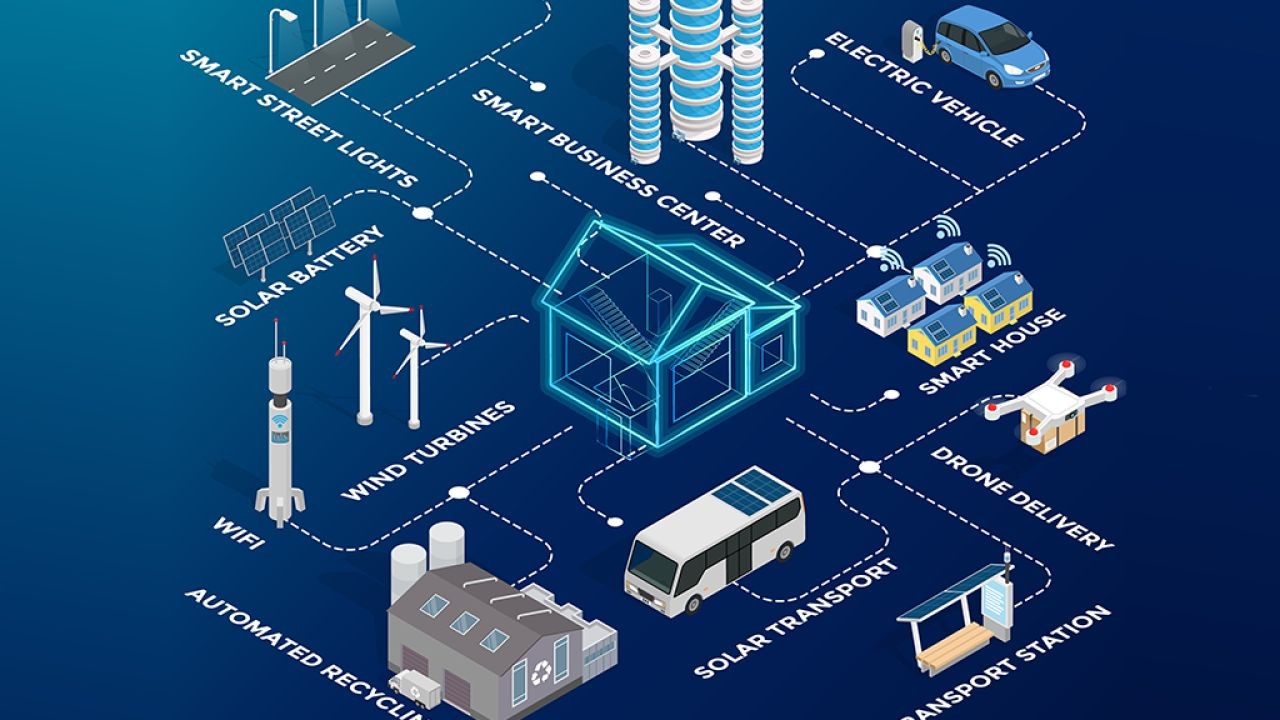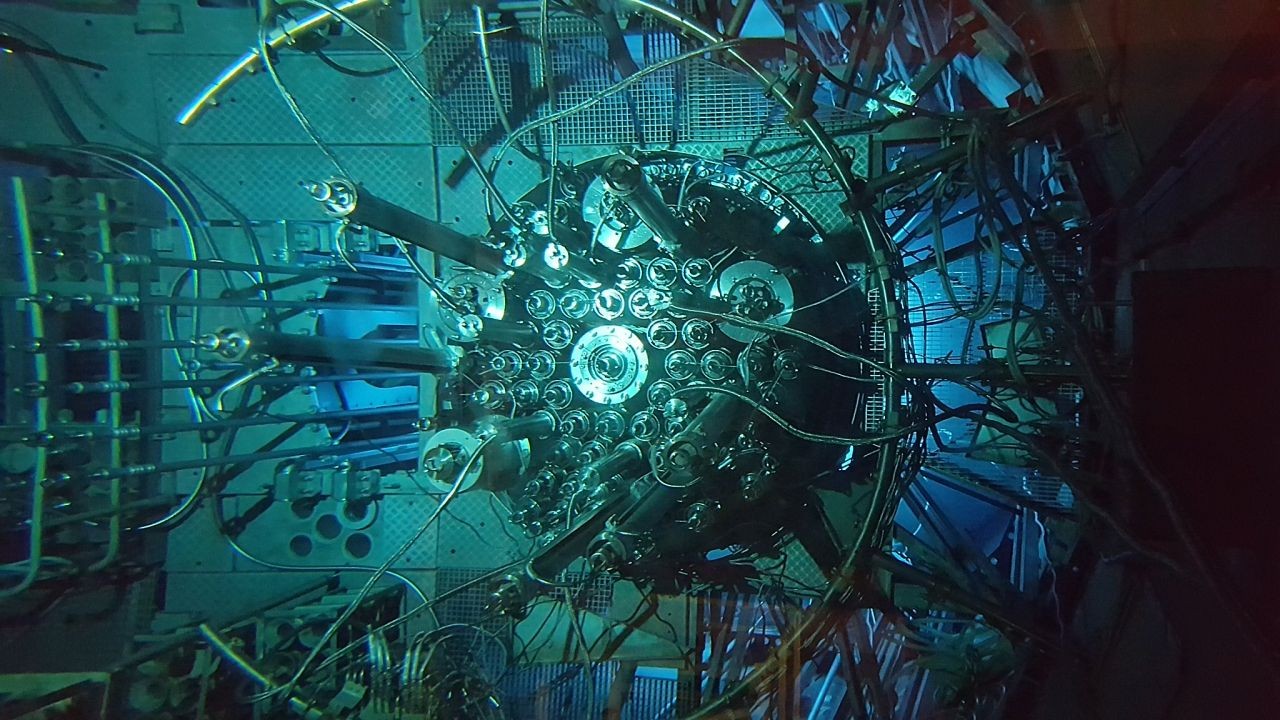In an era where climate change is a pressing global concern, the aviation industry faces increasing scrutiny over its environmental impact. Designing eco-friendly airports and terminals is not merely a trend but a necessity for sustainable development. As a technology strategist, understanding the components of sustainable airport design is crucial. This article will explore effective strategies for creating environmentally conscious aviation facilities, providing insights into real-world applications and innovative solutions.
Core Sections
Steps to Designing Eco-Friendly Airports
Designing eco-friendly airports involves integrating technology, sustainable materials, and innovative practices. Here are some essential steps:
- Energy Efficiency: Implement renewable energy systems such as solar panels and wind turbines. For instance, Christchurch Airport in New Zealand has installed solar arrays capable of generating a significant portion of its energy needs.
- Water Conservation: Use rainwater harvesting systems and install low-flow fixtures. Auckland Airport has made strides by implementing water recycling systems to reduce water waste.
- Sustainable Materials: Use recycled or locally sourced materials during construction. This not only reduces the carbon footprint but also supports local economies.
- Smart Technologies: Implement smart building technologies to optimize resource use. Smart lighting and HVAC systems can substantially decrease energy consumption.
Real-World Examples
Christchurch Airport, New Zealand: Known for its commitment to sustainability, Christchurch Airport has integrated numerous eco-friendly technologies. The airport's solar power initiative alone has the potential to generate 400,000 kWh annually, a significant step towards carbon neutrality.
Singapore Changi Airport: Internationally acclaimed for its sustainability efforts, Changi Airport incorporates extensive green spaces and efficient energy management systems. The airport’s Terminal 4 uses a smart building management system that has reduced energy consumption by 30%.
Data-Backed Insights
According to a report by the International Air Transport Association (IATA), sustainable aviation fuels could reduce overall aviation emissions by up to 80%. Additionally, the Airports Council International (ACI) reported that airports adopting carbon accreditation programs have seen emissions reductions of up to 20%.
Myths & Mistakes
One common myth is that eco-friendly airports are too costly to build and maintain. In reality, the integration of sustainable technologies can lead to significant long-term savings. For example, energy-efficient systems decrease operational costs, and sustainable practices can attract eco-conscious travelers, enhancing an airport's reputation and competitiveness.
Final Takeaways
- Invest in renewable energy sources to power airport operations sustainably.
- Implement water conservation techniques to minimize waste and enhance efficiency.
- Utilize smart technologies to optimize resource management and reduce costs.
- Sustainable design can be cost-effective and elevate a facility's market position.
- Real-world examples, like Christchurch and Changi Airports, demonstrate the feasibility of eco-friendly practices.
































NellieNola
9 months ago